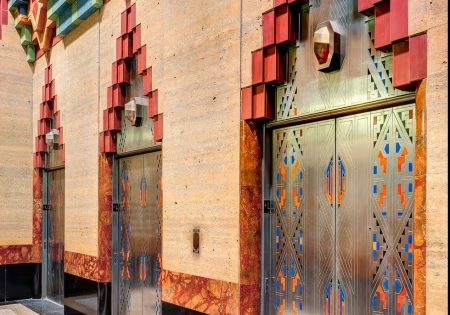When the Reserve Bank of India’s (RBI) Monetary Policy Committee (MPC) suddenly held an “off-cycle” meeting, nobody expected it to be good news. When it unanimously decided to increase the policy repo rate by 40 basis points to 4.40% with immediate effect as a direct impact of inflationary trends, it was expected, but not welcomed, like the visit of a disliked, distant relative who has to be endured.
Anurag Mathur, CEO, Savills India, explained that the MPC decision comes against the backdrop of retail inflation clocking a 17-month high of 6.95% in March 2022, which is significantly higher than the RBI’s outer tolerance level of 6.0%. Moreover, the withdrawal of accommodative policy clearly indicates cognizance of critical factors such as geo-political tensions in Eastern Europe and recent increase in crude oil prices. Mathur added:
“Leading banks had already increased housing loan rates in the past few months. With benchmark lending rates rising for the first time since August 2018, end user demand in the residential segment may get tapered to a certain extent. The impact of the off-cycle decision on all housing segments, especially affordable housing demand, needs to be closely monitored in upcoming quarters. On the supply side, the steady rise in construction costs and the impact on financial stability of developers, unable to pass through the increase, could create a pressure on pricing.”
Dr. Samantak Das, chief economist and head of research and Real Estate Intelligent Service, India, JLL, pointed out that this step has also come in response to the near likely significant hike in Fed rates as inflation has been affecting the US economy. Das added:
“From a real estate point of view, this hike in policy rate is not welcome and will have a negative impact as home loan rates will increase immediately. After a hiatus of five years, we have observed a robust comeback in residential sales and launches in the last couple of quarters due to ‘affordability synergy.’ However, this repo rate hike, coupled with cost-push inflation in construction, is likely to slow down the growth trajectory of the residential sector, which does not augur well for the Indian real estate sector.”
The heads of real estate developer associations presented a slightly more optimistic view for the long-term. Jitendra Mehta, president, Confederation of Real Estate Developers’ Association of India – Maharashtra Chamber of Housing Industry (CREDAI-MCHI) Thane, opined:
“From a real estate industry perspective, any hike in home loan interest rates will be a dampener on home buying sentiment, and CREDAI-MCHI Thane hopes that the regulatory authorities will provide the cushion that will enable banks and financial institutions to hold the home loan rates to their present values.”
Rajan Bandelkar, president, National Real Estate Development Council, emphasized:
“We believe this rate hike is short-term and, going forward, housing sales will continue to grow. Acquiring a home is seen as the biggest decision of one’s life, and these short-term decisions are unlikely to have an impact on a buyer’s decision. Builders are still offering attractive schemes, and in a few months, we will be amidst the festive season, which will bring back the buyers.”
According to Bandelkar, the rate hike by RBI will impact the growth in residential sales, albeit in the short-term. The low interest rate was one of the biggest reasons for sales to breach the pre-COVID-19 level. Recently, developers across the country also hiked the unit prices owing to a continuous rise in raw material cost. Home buyers also understand that these things are beyond the control of developers, and they will continue to invest in real estate. Hopefully, once the global supply chain is restored, the rates will be cut again, he said.
With the vertical transportation industry’s growth being directly impacted by the pace of real estate development and that, in turn, being strongly influenced by real estate demand, all eyes are on how the lenders respond to the RBI repo rate rise and manage their home loan rates. Let’s wait and see how the figures add up during the following months.
Get more of Elevator World. Sign up for our free e-newsletter.










